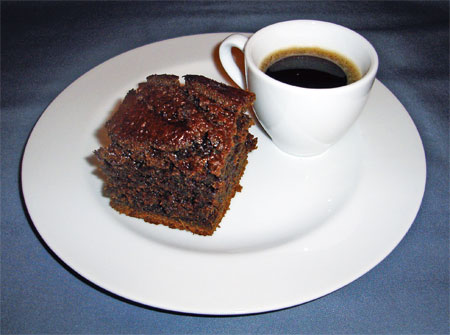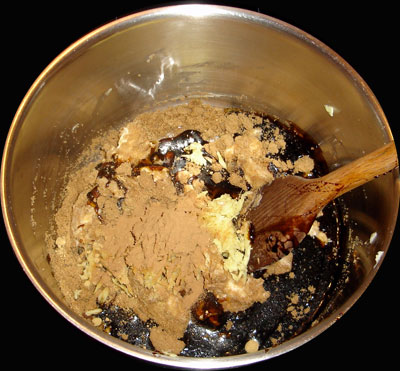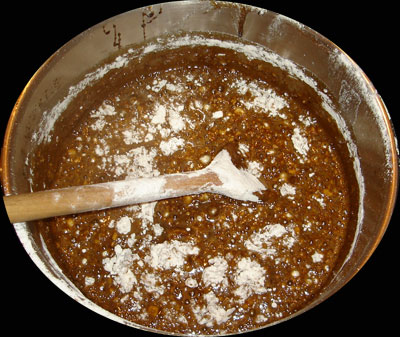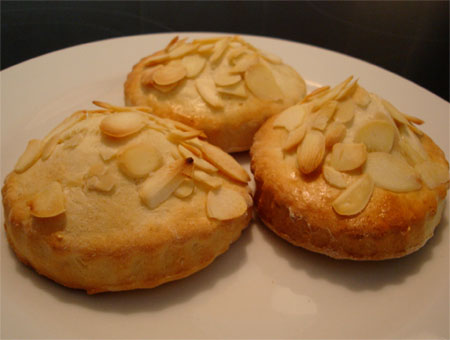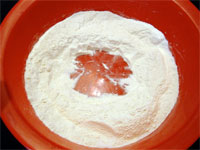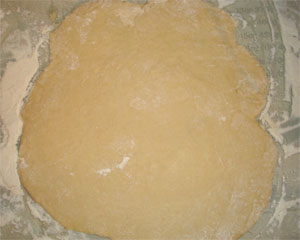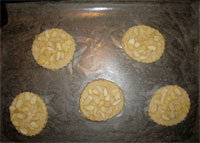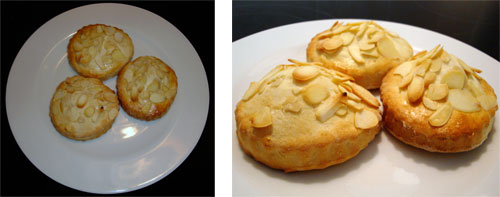I first tried Khachupuri at Mimino, a Georgian restaurant in Kensington. There are many different types of Khachupuri:
- Imeritian (Imeruli) circular khachapuri
- Adjarian (Acharuli/Adjaruli) khachapuri, an open boat shape, topped with a raw egg and a pat of butter before serving
- Mingrelian (Megruli) khachapuri, similar to Imeritian but with extra cheese on the top
- Abkhazian (Achma) khachapuri, with multiple layers
- Ossetian (Ossuri) khachapuri, with a potato and cheese filling
- Svanuri khachapuri
- Rachuli khachapuri
- Phenovani khachapuri
My favourite is the most simple, simply dough, filled with the cheese, topped with another layer of dough and then baked in the oven. I opted for a combination of smoked and unsmoked Sulguni cheese from the Russian Kalinka shop on Queensway in London.
Ingredients
250ml sour cream
150g melted butter
1 egg lightly whisked
400g plain flour
(this can vary depending on the flour, best to put in small amounts at one time and wait until it comes together)
Pinch of salt
1/4 tsp baking soda
For the filling:
100g smoked and 100g unsmoked sulguni cheeses, grated
1 egg whisked
2 tbsp sour cream
2 cloves of garlic crushed
1 egg yolk for glazing
Instructions
Mix sour cream and melted butter
Add salt and baking soda
Whisk in the egg
Add the sifted flour slowly
Knead until the dough comes together and is maleable
Divide the dough into two and roll out
For the filling:
Grate the cheese, mix with egg, sour cream and garlic
Place one length of dough on a baking sheet covered with parchment paper
Put the cheese filling on the dough, leaving about 1 cm from the edges
Place second sheet of dough over the top of cheese filling
Use a fork to press edges down, then make a few holes in the top layer of dough to allow steam to escape
Brush with beaten egg yolk to glaze dough
Place in oven for 20 minutes at about 180 degrees Celsius until golden brown
Serve warm with salad garnish as starter or snack

















